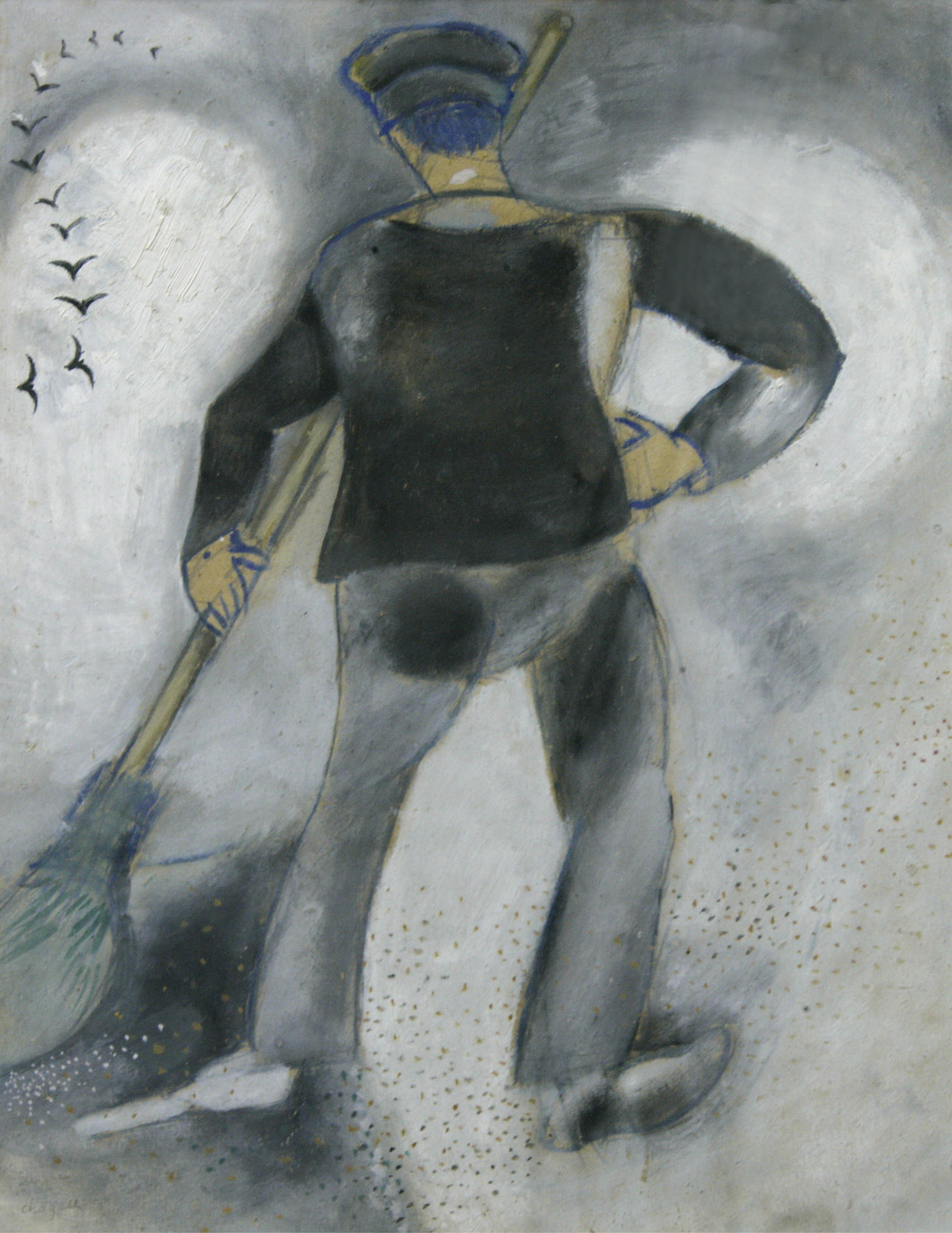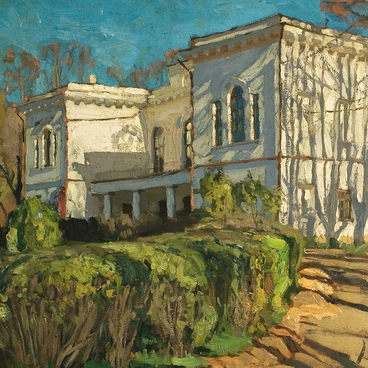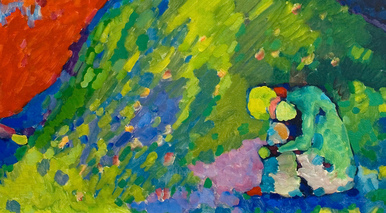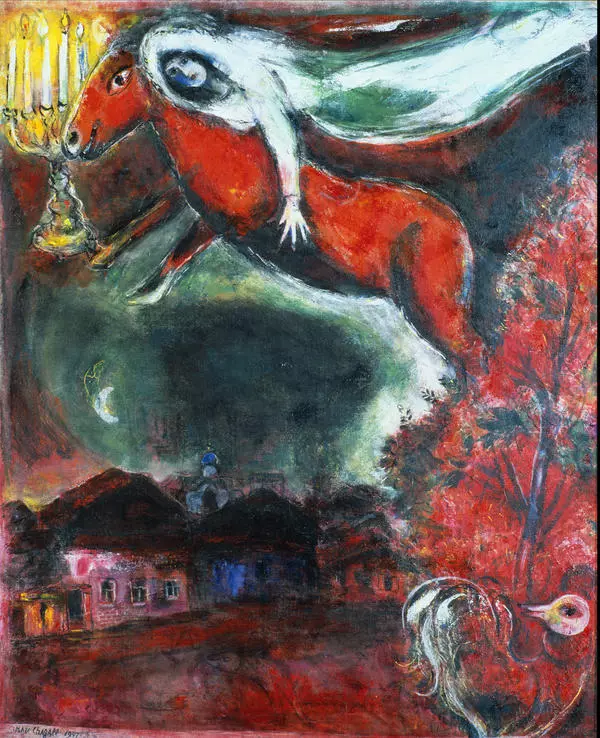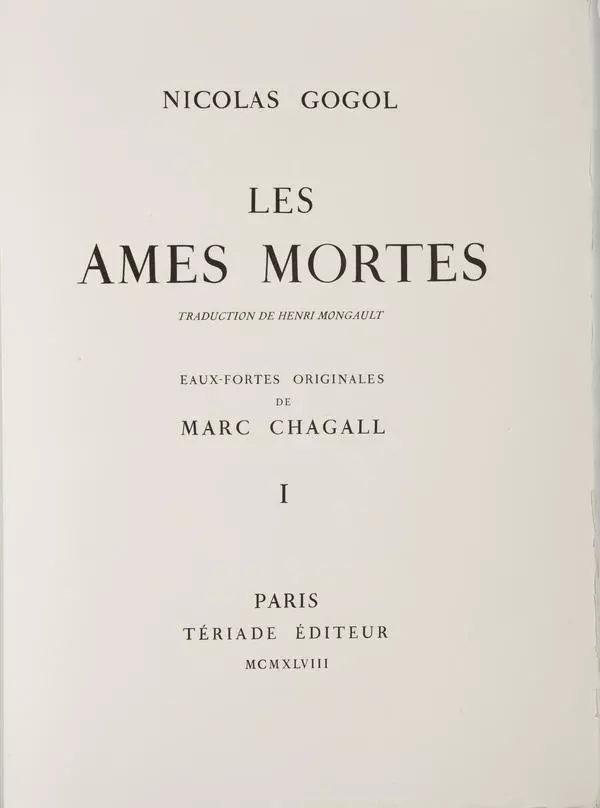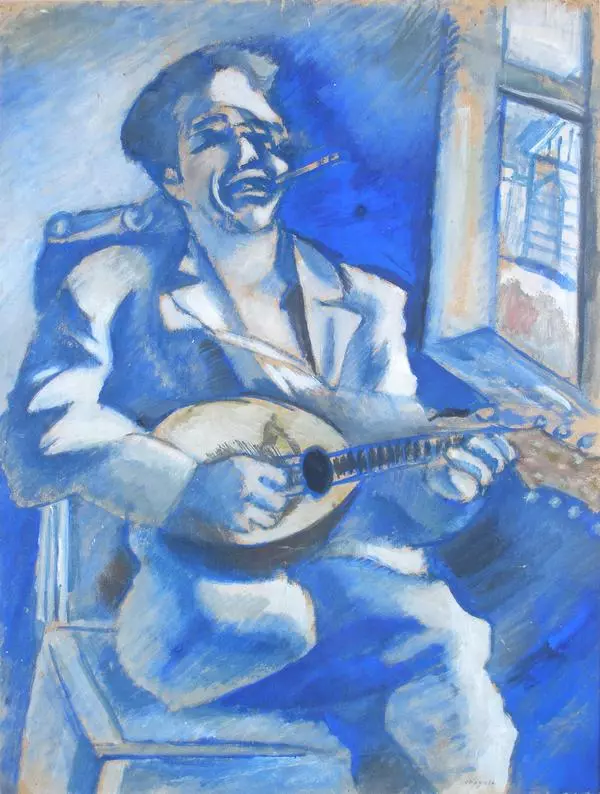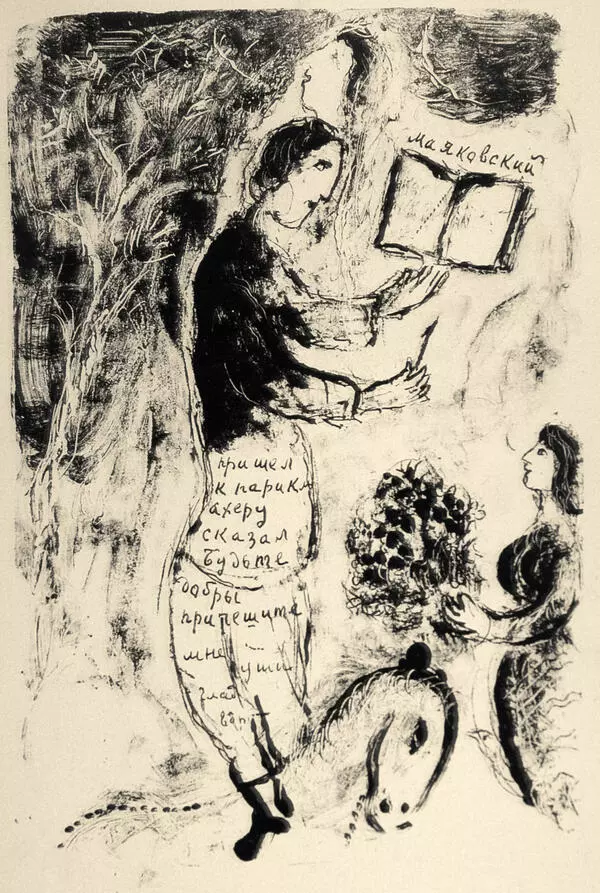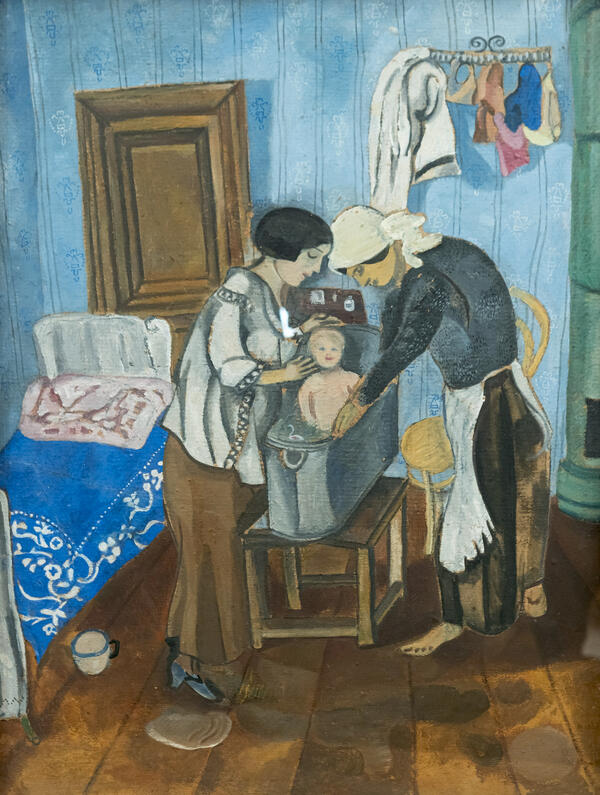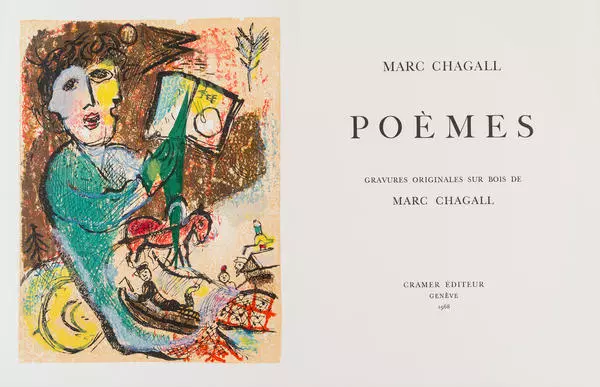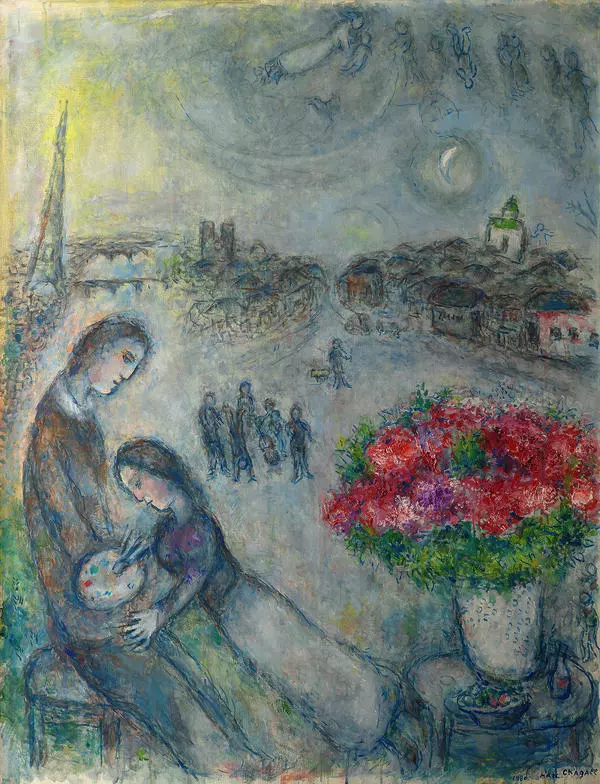Fine art experts note that paintings by Marc Chagall remarkably combine two different world views. One is global, ‘cosmic’, the other parochial. Thus in the artist’s interpretation real everyday images acquire a universal and metaphoric nature.
This feature of Chagall’s creative approach is also reflected in the painting Sweeper of 1914 exhibited in the Astrakhan Art Gallery.
Researchers believe that the painting is unique in its genius simplicity. Chagall depicted an ordinary sweeper who is sweeping the street and cleaning it from trash – doing his everyday work. However, his somewhat melancholic figure is incredibly impressive, it is drawn clearly, almost roughly, against the blurry ‘swept’ background.
In his paradoxical manner, Chagall portrayed the sweeper with his back to the viewer, as though suggesting to develop and add to his image. One can only speculate as to the thoughts and emotions that the character may experience.
Experts note that the painting has no houses, fences, silhouettes of churches — the realities of a provincial town outskirts present in most of Chagall’s works. It looks like the sweeper has no distinct boundaries for his work area. And the trash flying form under his broom resembles sunflower hulls — a symbol of approaching troubled times. Therefore, art experts believe that the artist embodied in the Sweeper the anxiety, the worry about the future that was as unclear, blurred and hazy as the background of the painting.
In the summer of 1914 the year the painting was created, Marc Chagall came from Paris to his native town of Vitebsk. He planned to stay for a short while, but the First World War started and his return to Europe had to be postponed. Getting back to his roots, Chagall immersed in the life of provincial Vitebsk and created painting “documents” as he called them. He painted the interiors of his house, faces of his family members, everyday scenes, local characters — organ grinder, street sweeper, newspaper seller, street musicians. “I painted everything that caught my eye”, — Chagall wrote about the Vitebsk series in his autobiographical book My Life.
This feature of Chagall’s creative approach is also reflected in the painting Sweeper of 1914 exhibited in the Astrakhan Art Gallery.
Researchers believe that the painting is unique in its genius simplicity. Chagall depicted an ordinary sweeper who is sweeping the street and cleaning it from trash – doing his everyday work. However, his somewhat melancholic figure is incredibly impressive, it is drawn clearly, almost roughly, against the blurry ‘swept’ background.
In his paradoxical manner, Chagall portrayed the sweeper with his back to the viewer, as though suggesting to develop and add to his image. One can only speculate as to the thoughts and emotions that the character may experience.
Experts note that the painting has no houses, fences, silhouettes of churches — the realities of a provincial town outskirts present in most of Chagall’s works. It looks like the sweeper has no distinct boundaries for his work area. And the trash flying form under his broom resembles sunflower hulls — a symbol of approaching troubled times. Therefore, art experts believe that the artist embodied in the Sweeper the anxiety, the worry about the future that was as unclear, blurred and hazy as the background of the painting.
In the summer of 1914 the year the painting was created, Marc Chagall came from Paris to his native town of Vitebsk. He planned to stay for a short while, but the First World War started and his return to Europe had to be postponed. Getting back to his roots, Chagall immersed in the life of provincial Vitebsk and created painting “documents” as he called them. He painted the interiors of his house, faces of his family members, everyday scenes, local characters — organ grinder, street sweeper, newspaper seller, street musicians. “I painted everything that caught my eye”, — Chagall wrote about the Vitebsk series in his autobiographical book My Life.
